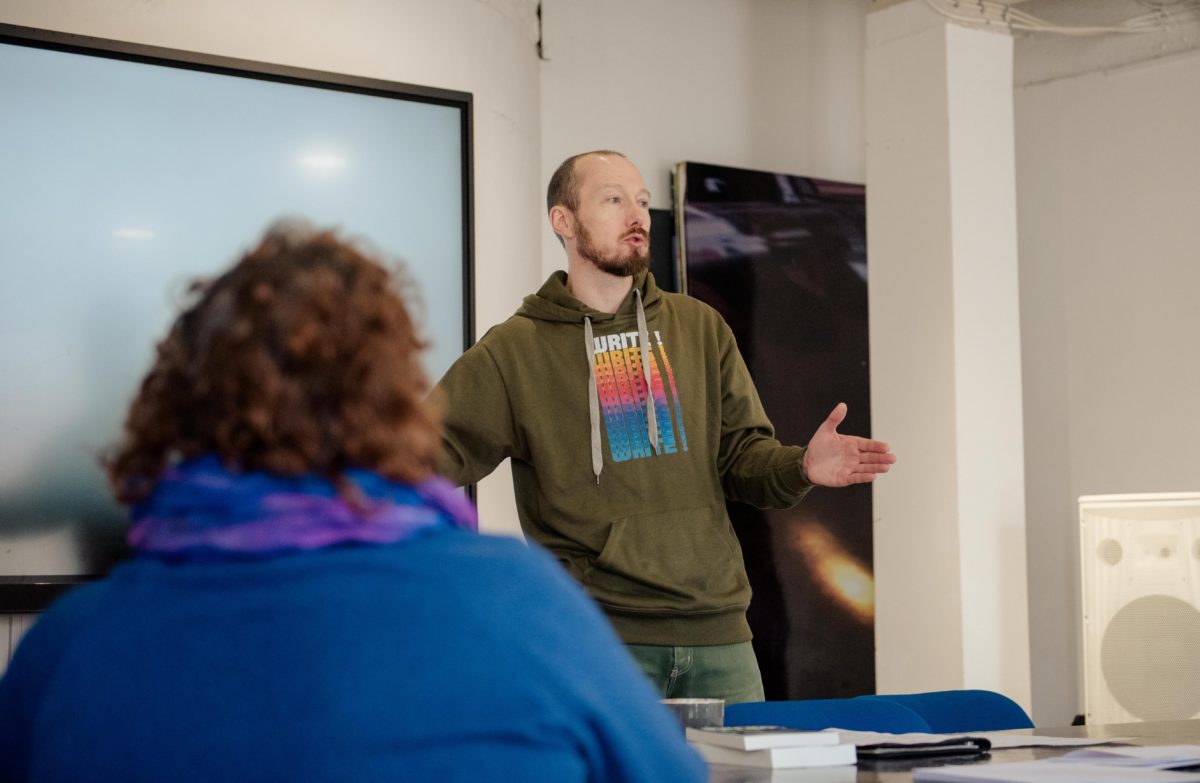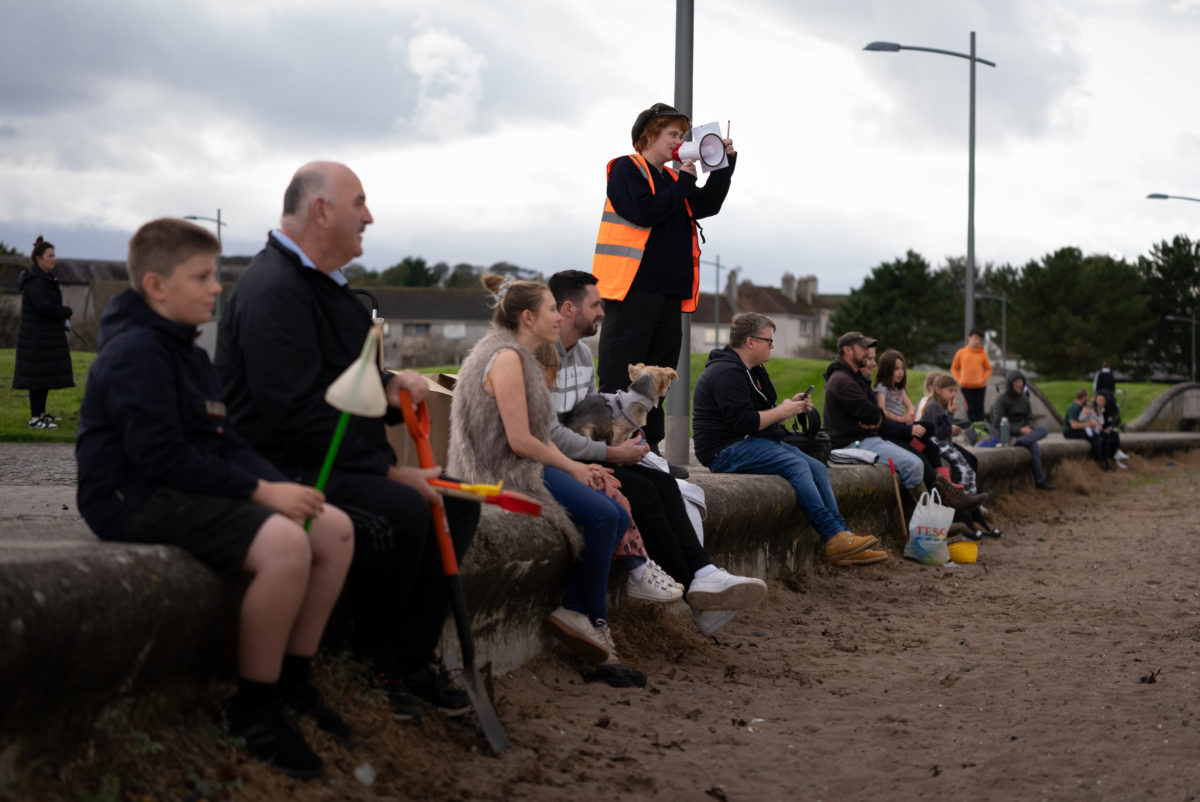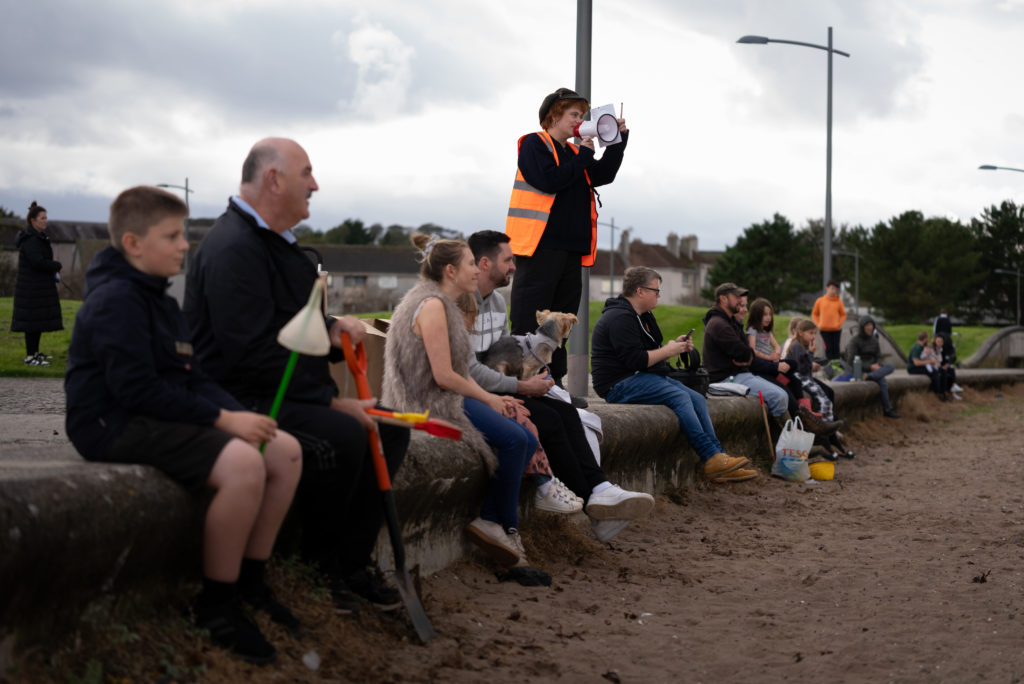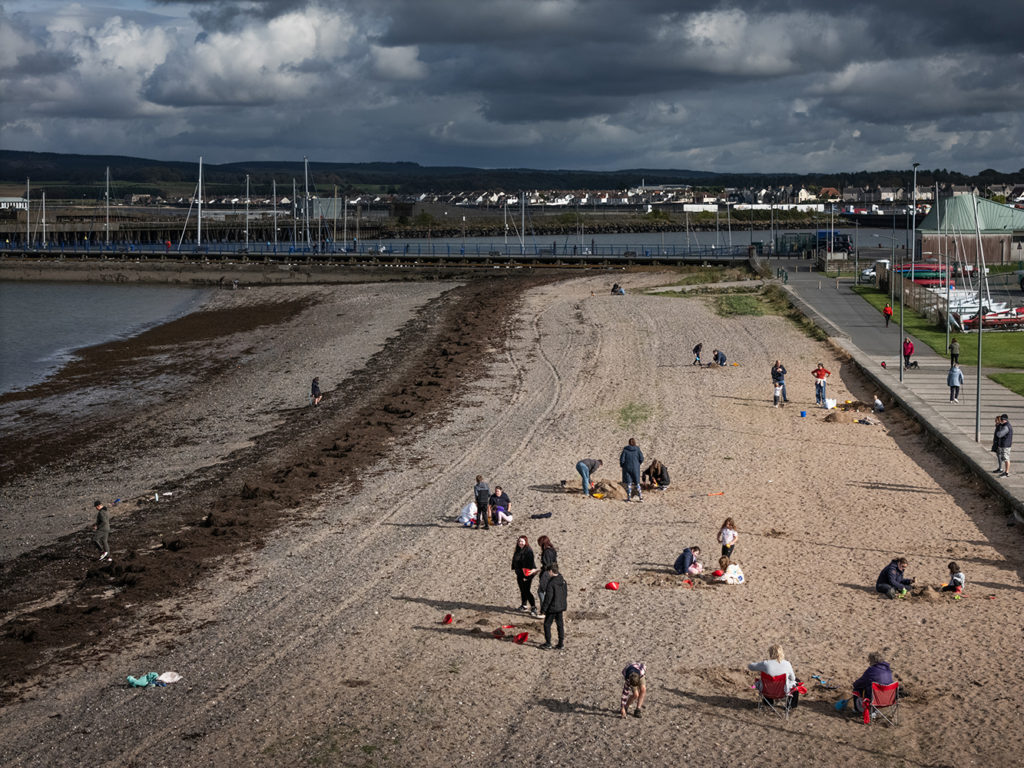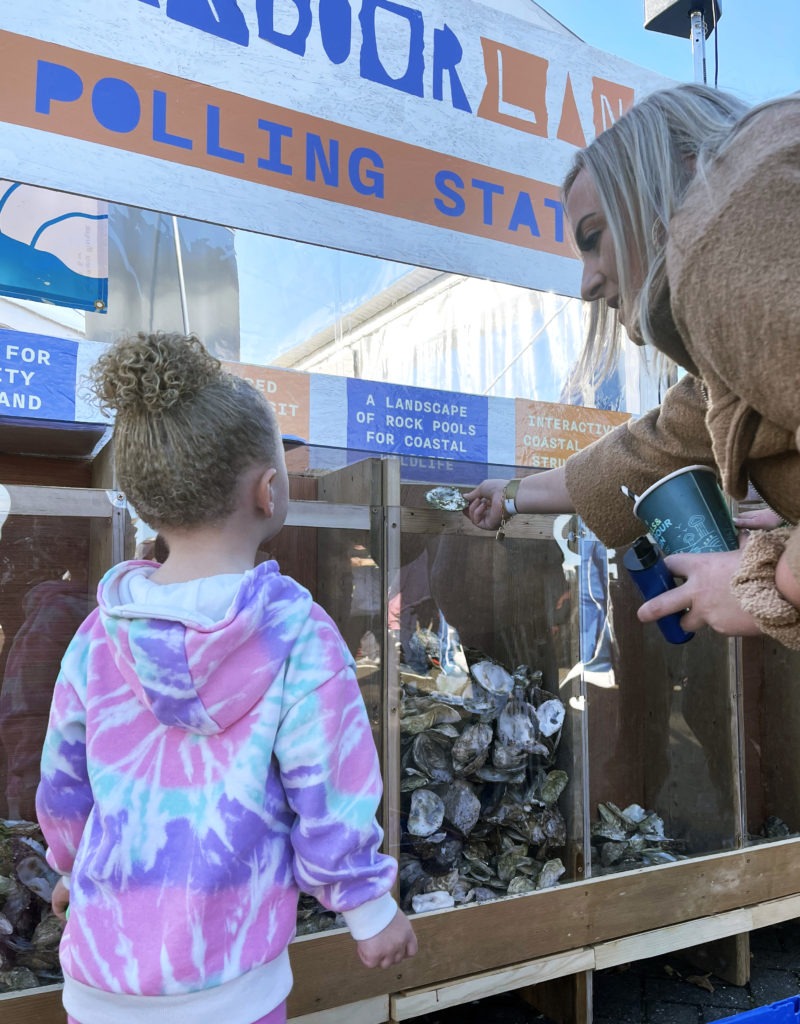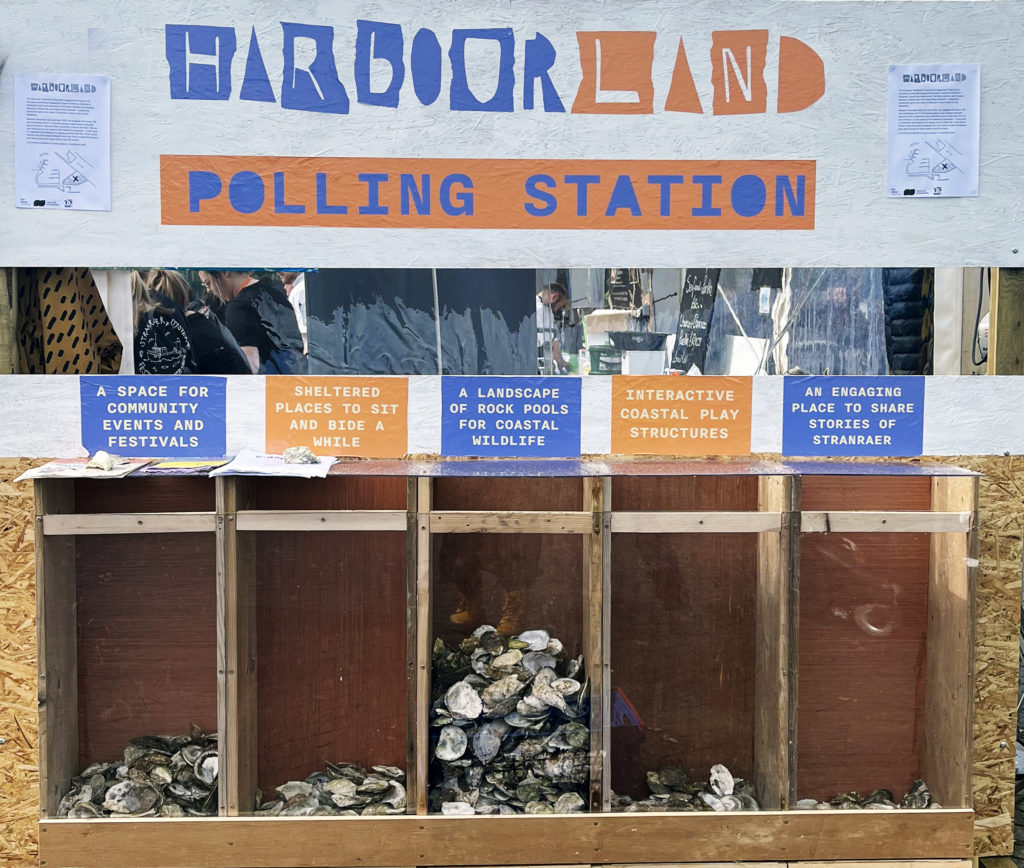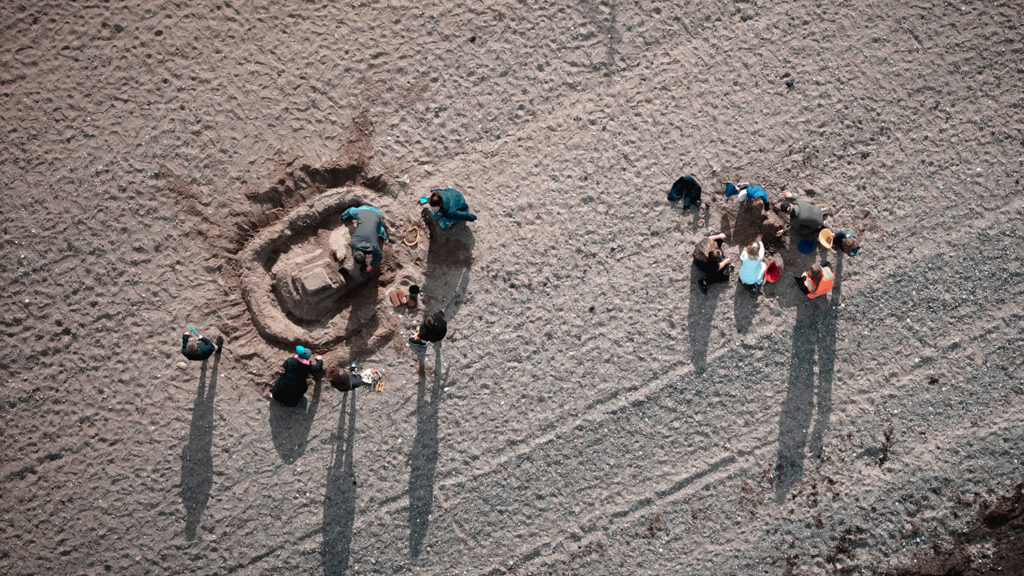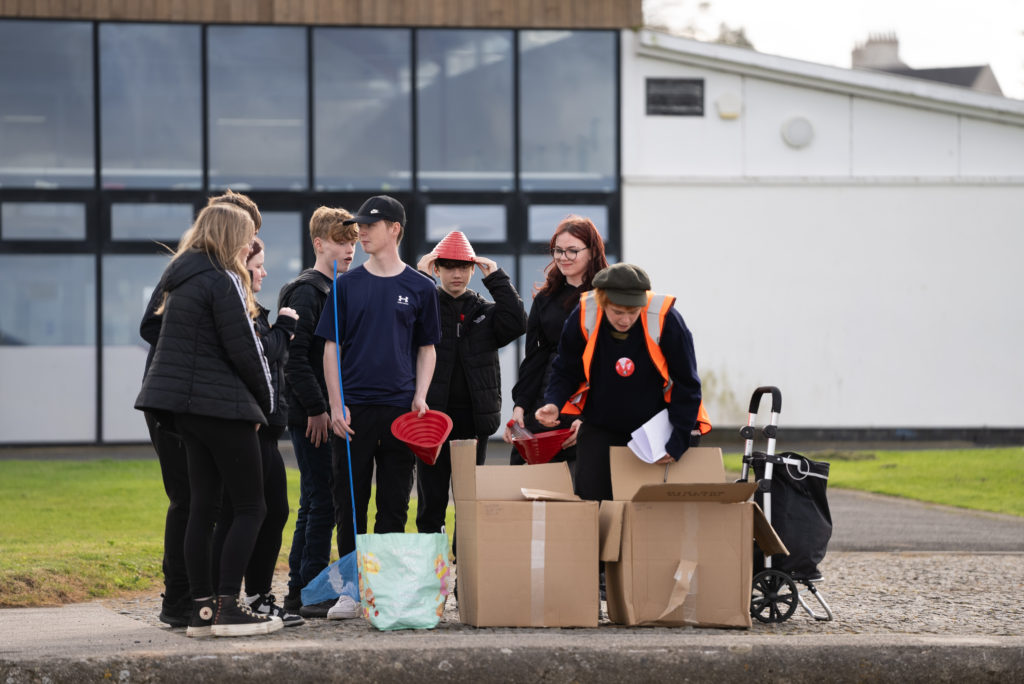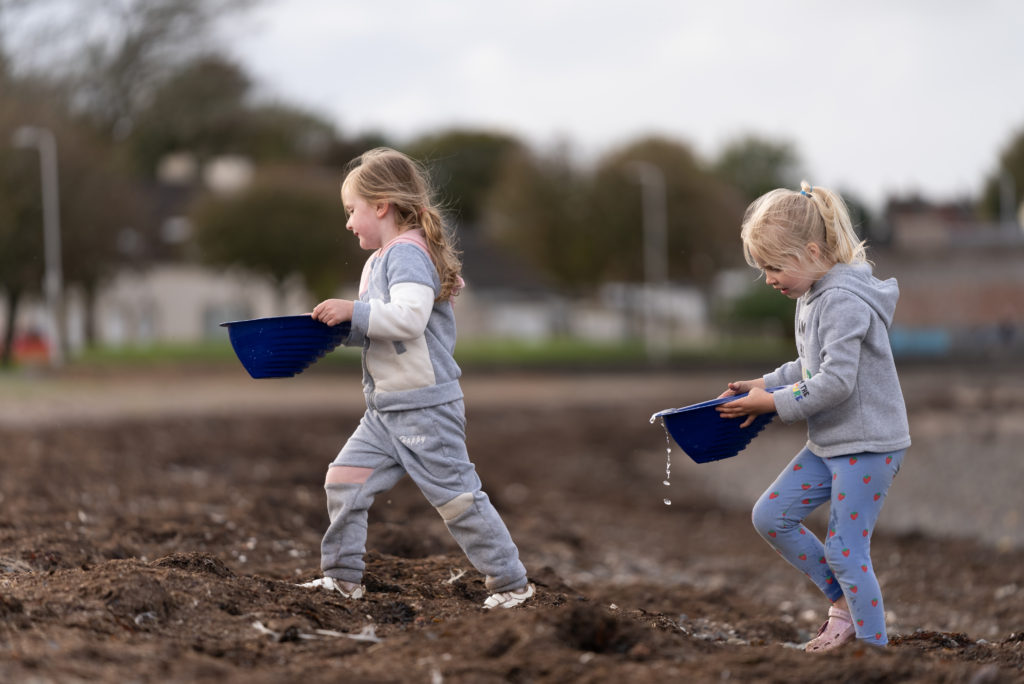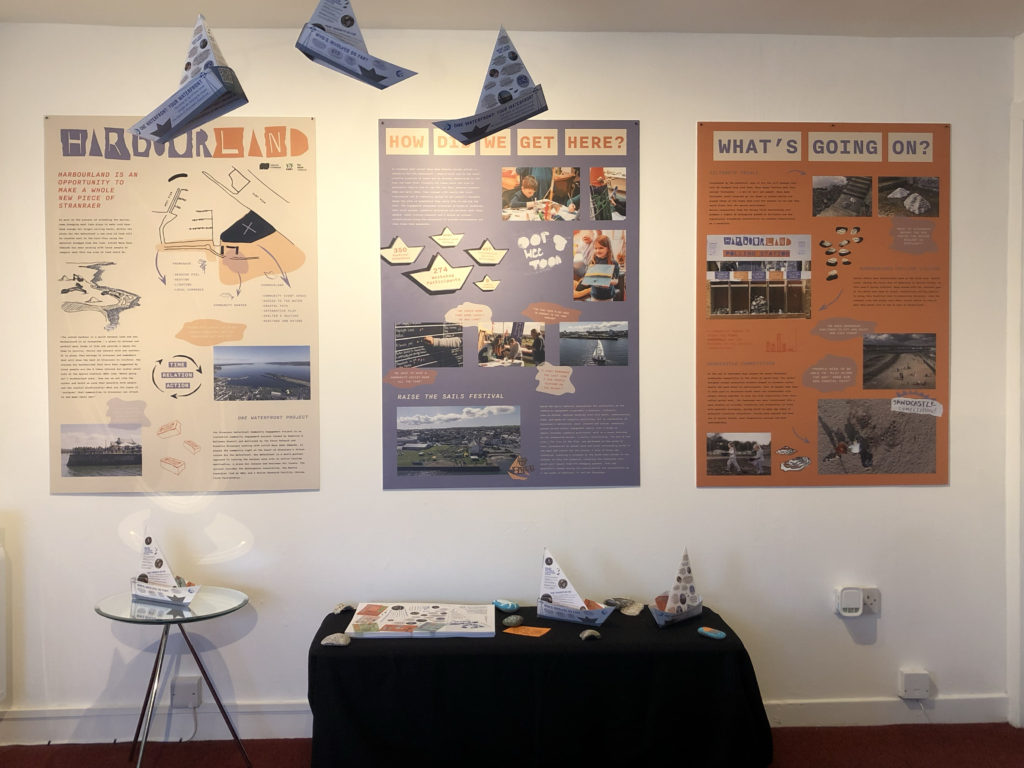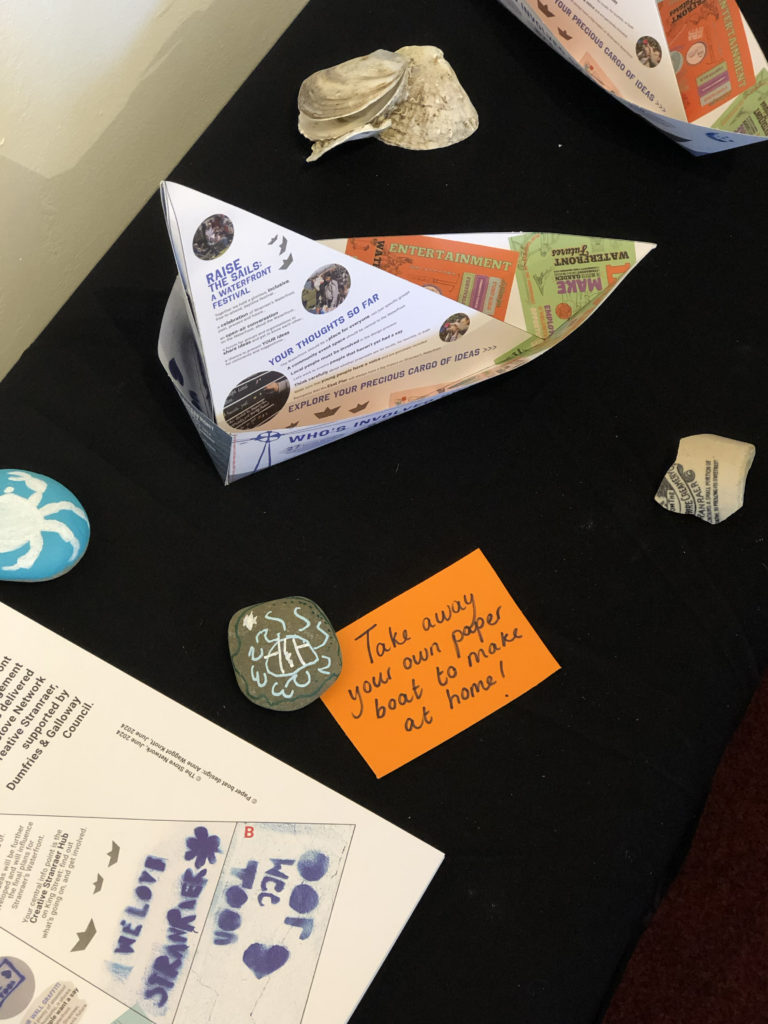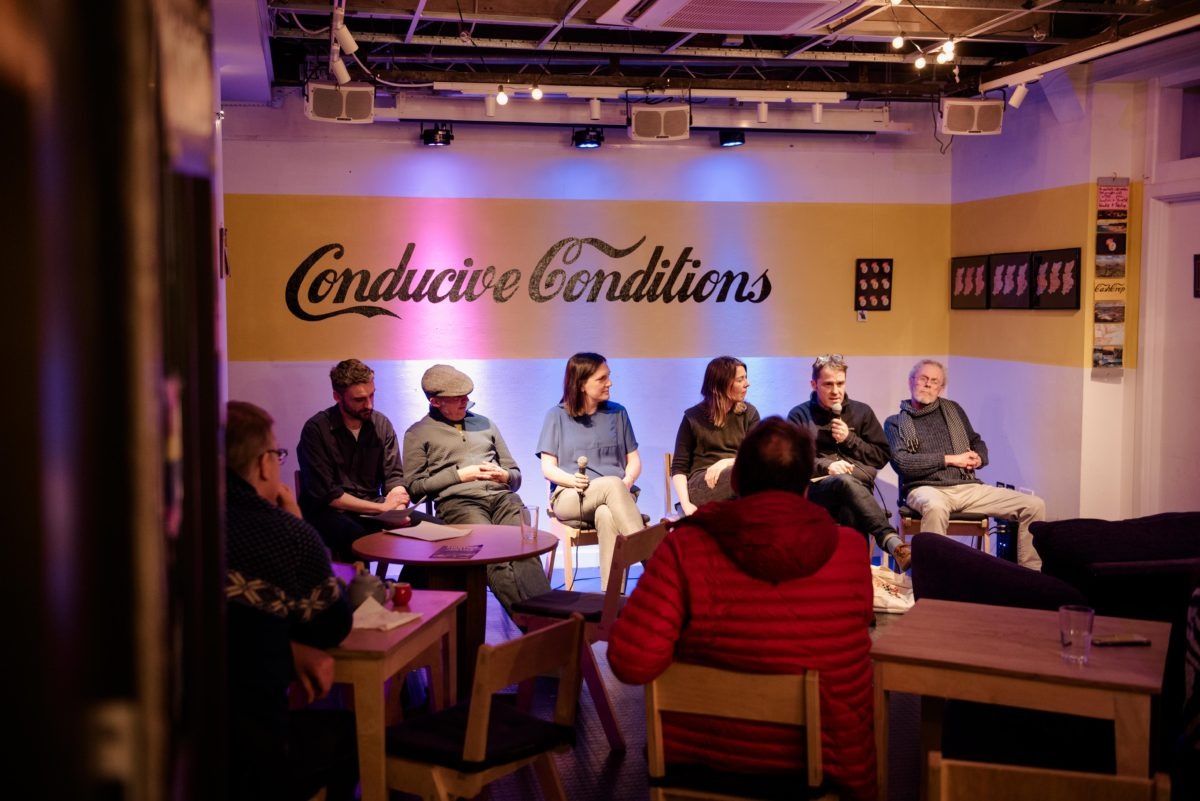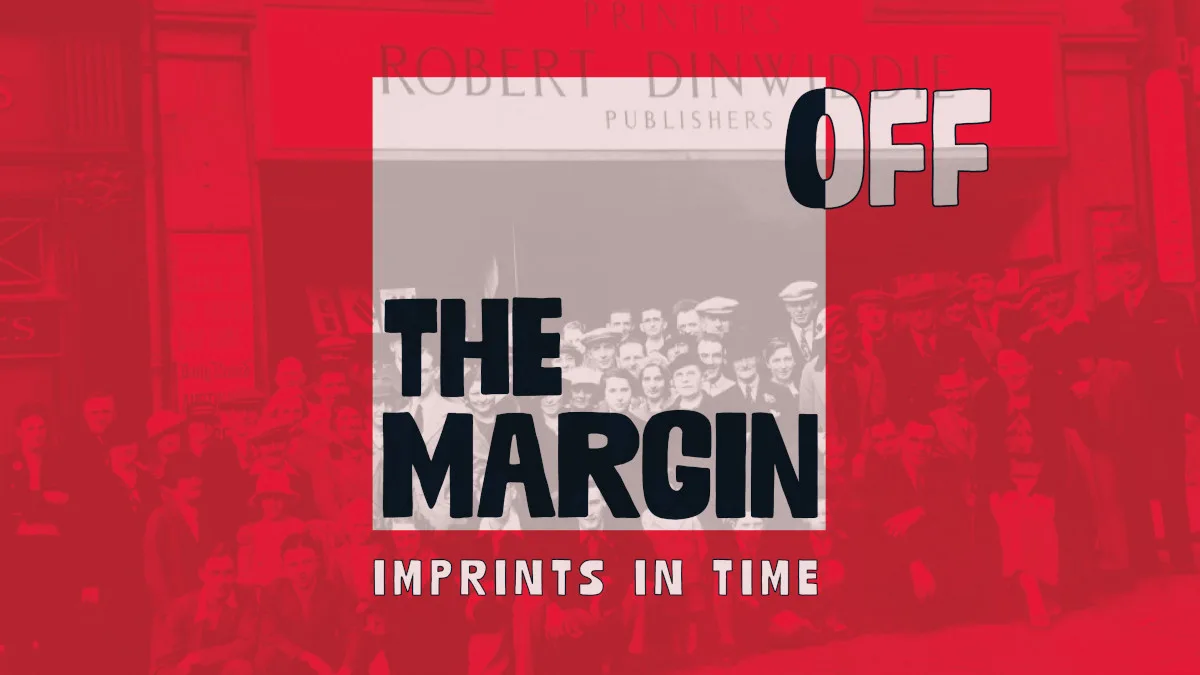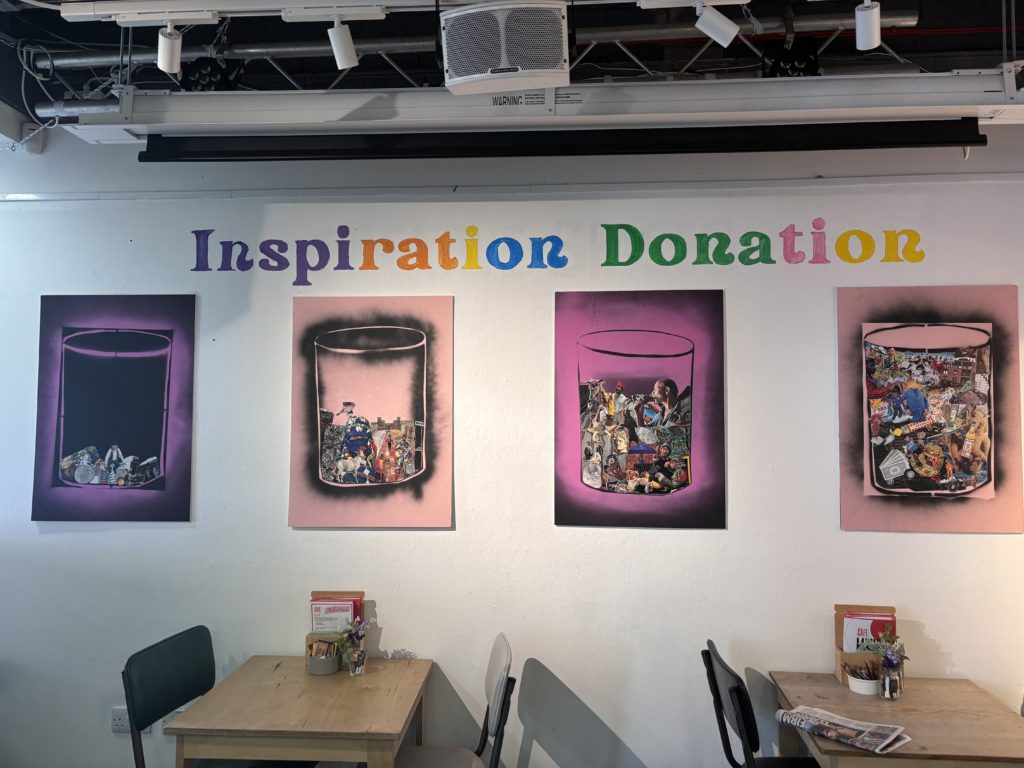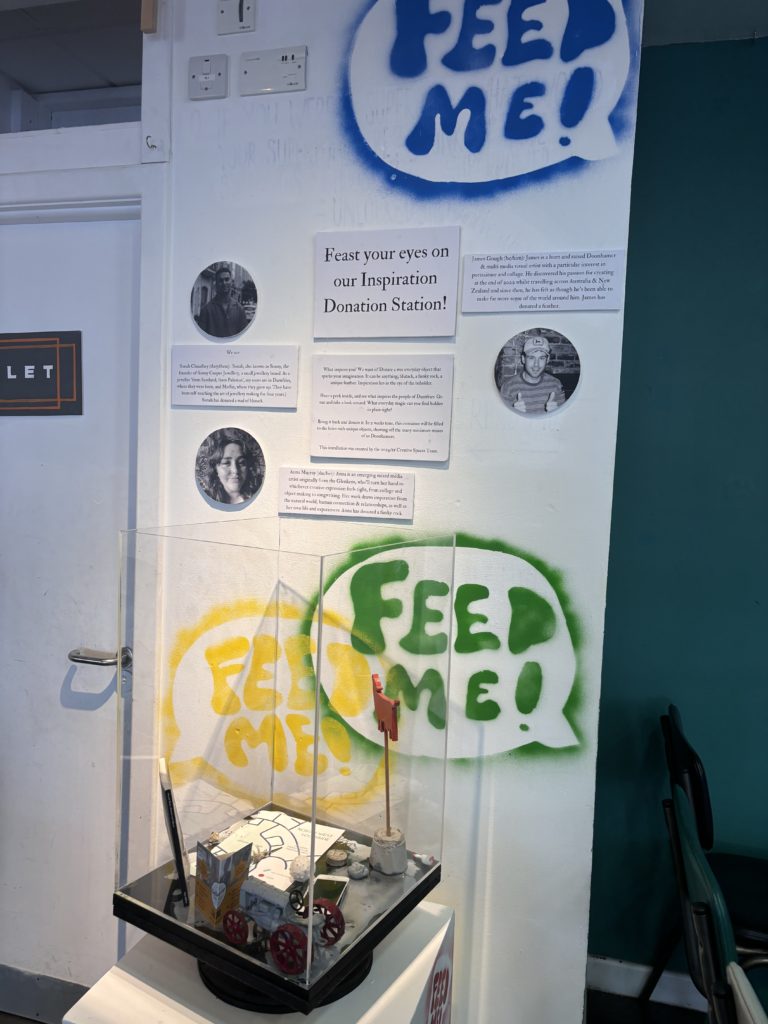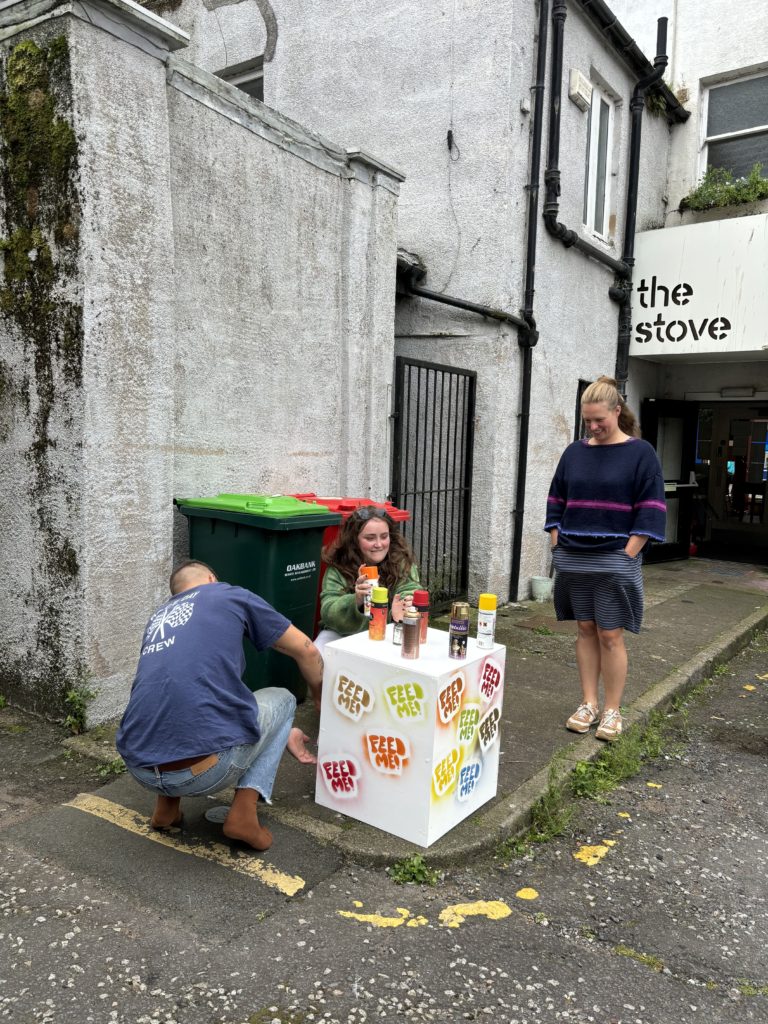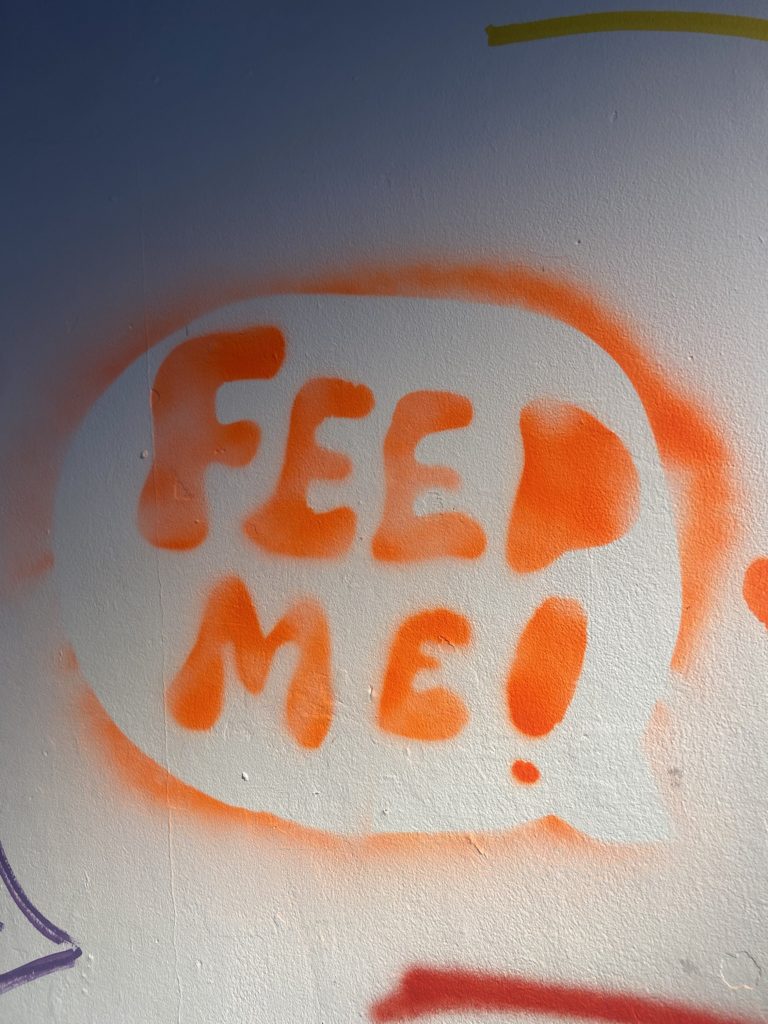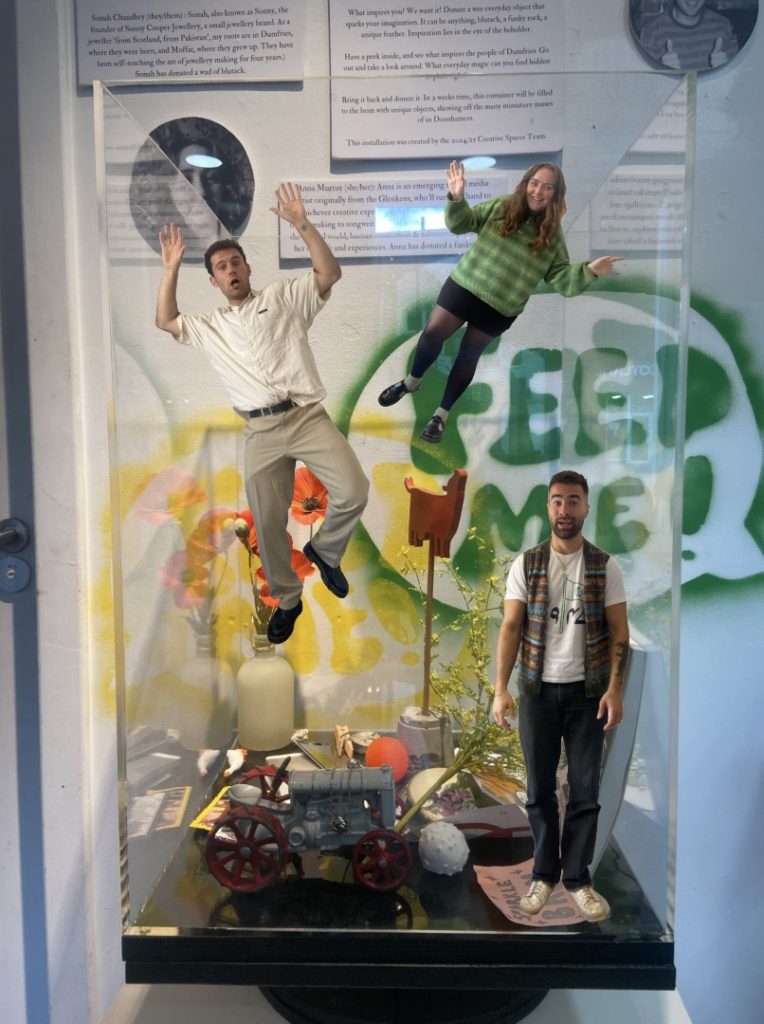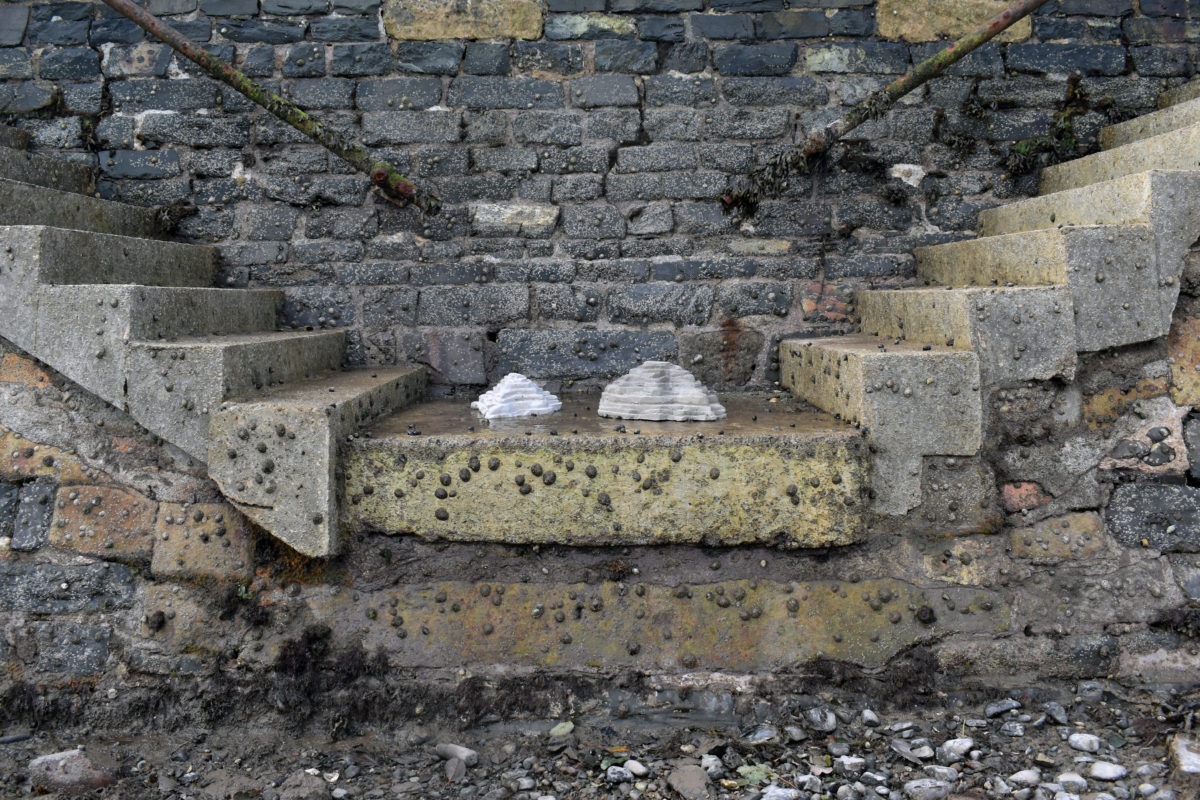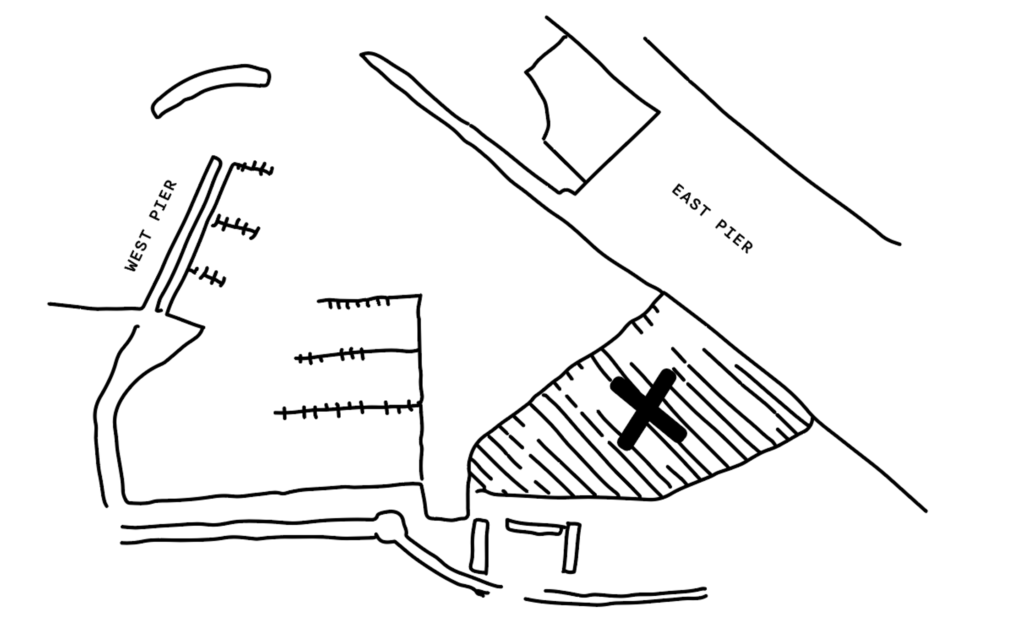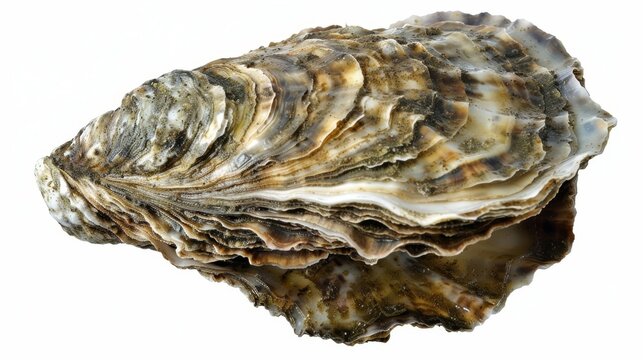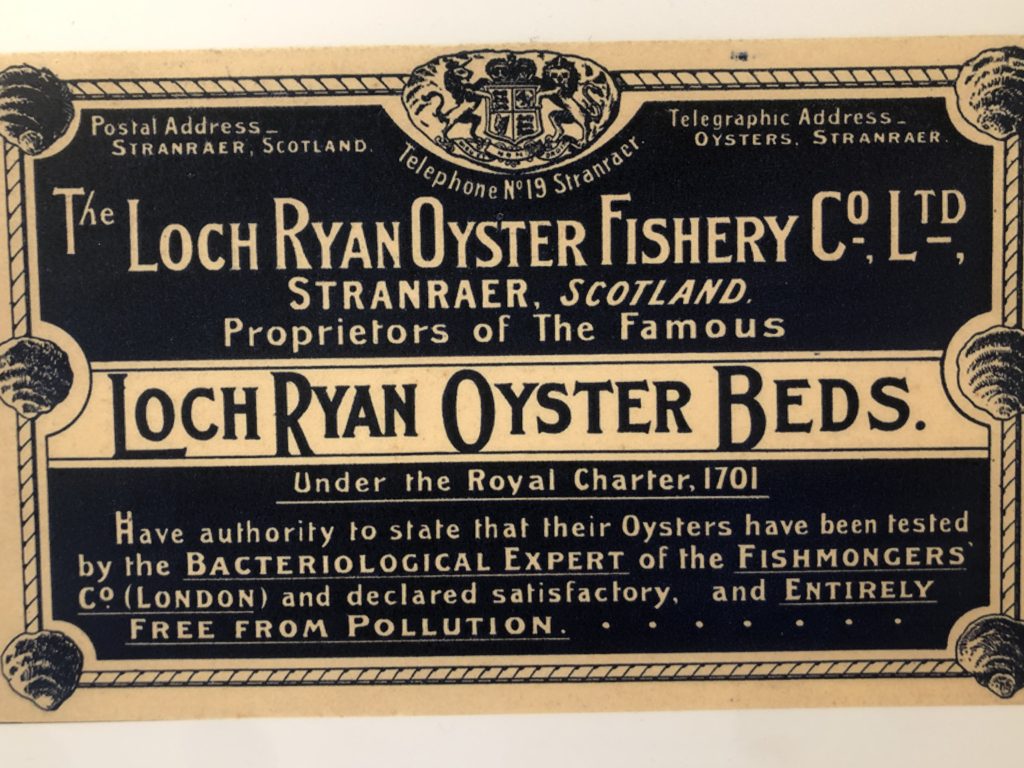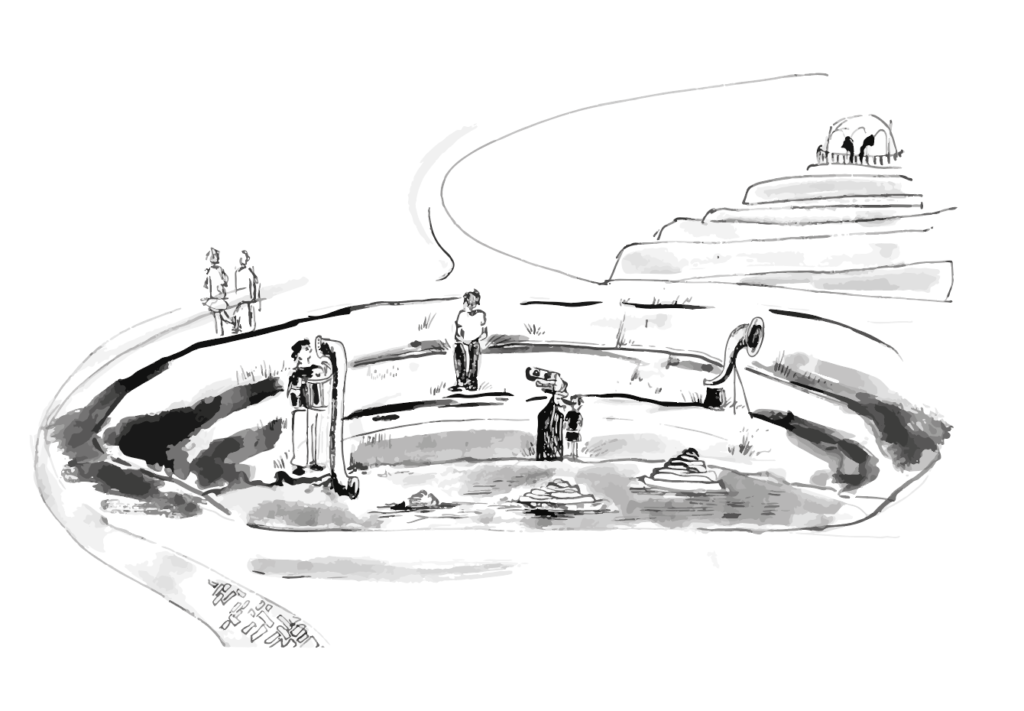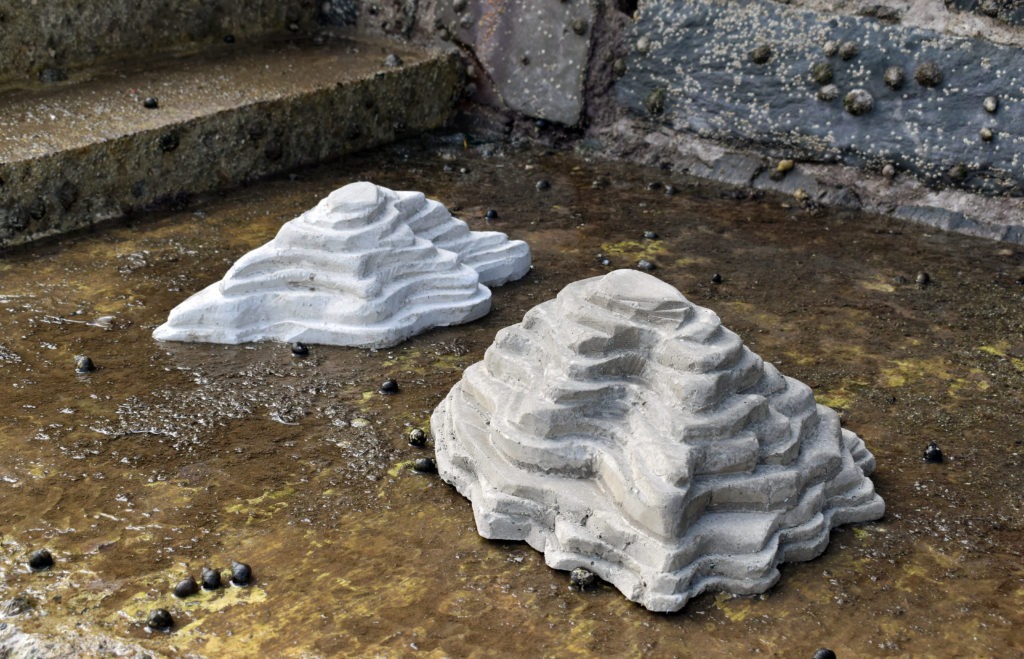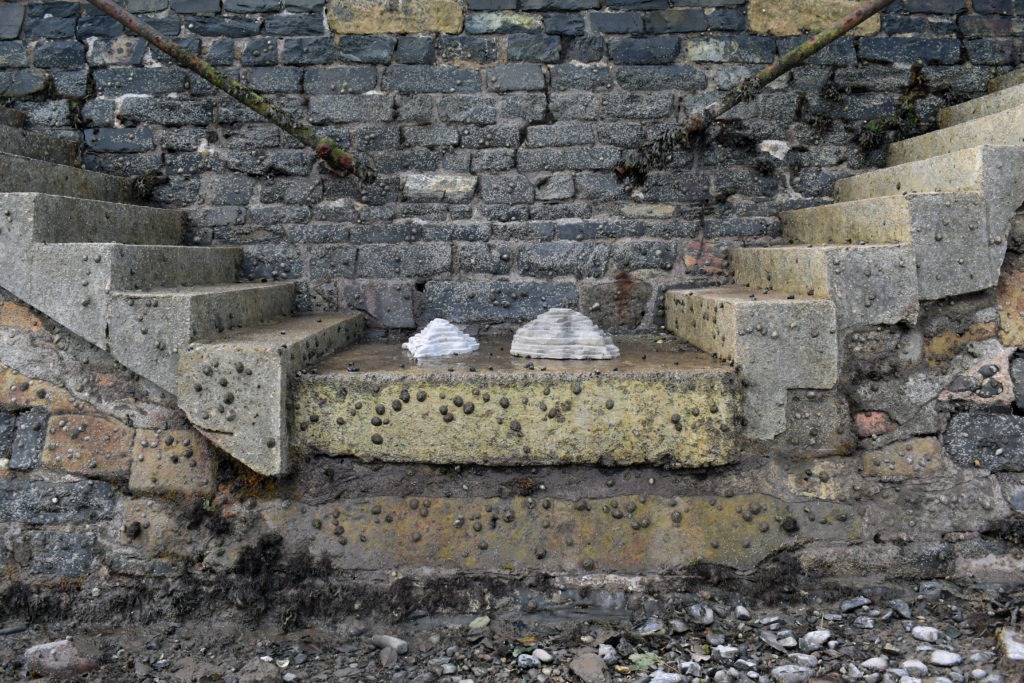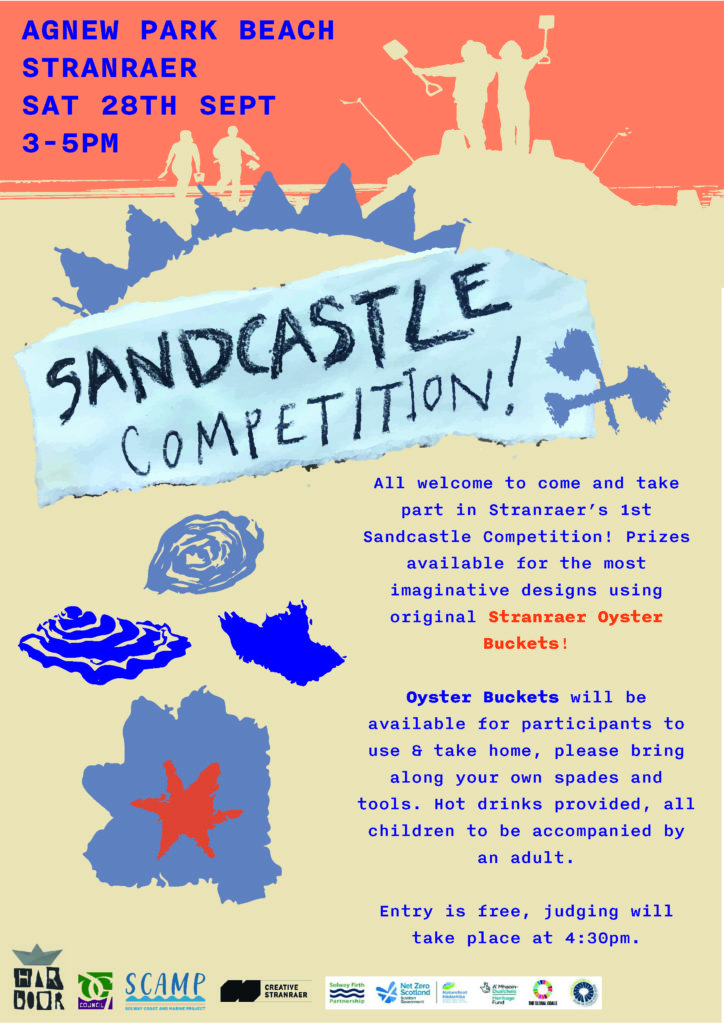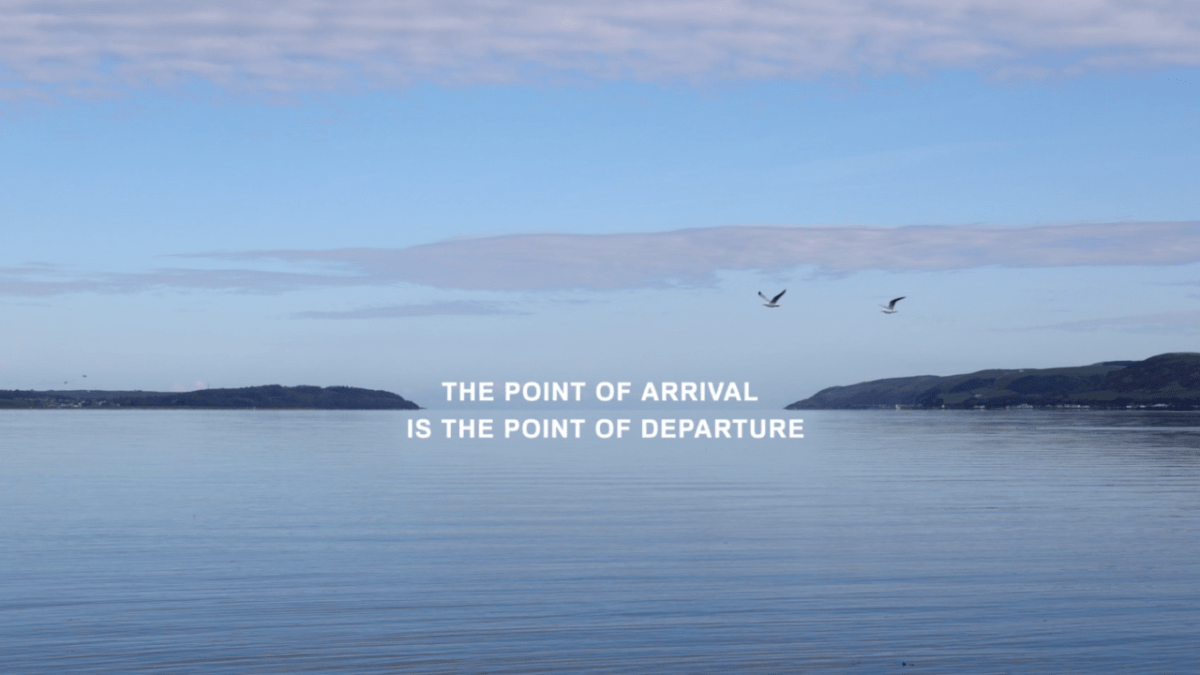Each month in the Stove Cafe, author Karl Drinkwater hosts ‘WRITE’ – a creative writing workshop. Sessions are guided by thought-provoking prompts, offering dedicated time for free-flowing expression. Afterwards, participants have the opportunity to share their creations within the supportive group, receiving valuable tips to enhance their writing skills and boost confidence.
Over the last year, participants have shared their workings that have been borne from prompts from WRITE. Read a selection of works below.
The Gift
Taking a break
from his bench
the clock restorer’s
mind turned within wheels.
Absorbed in measuring
minutes and hours
how had he permitted
years
to escape?
Was pride in precision
simply an illusion
of keeping time?
A young boy
gazed longingly
at clocks
in the dusty window
as another child
may have eyed
jars of tempting toffees
reckoning
how many sweets
could be gained
for clinking coins.
Fresh eyes
eager to uncover
secret workings
spy
as
cogs mesh
pivots revolve
flywheels spin
coils unwind.
On an impulse
the clock restorer
beckoned.
An estimation made
pocket money
exchanged
for a slate-cased clock
in want of renovation.
On the next impulse
the clock restorer
lifted down
a box of parts.
A gift
a wondrous trove
of mechanical magic
awaiting discovery.
Boyhood
many
intricate tasks
ago.
A rhythm set
to guide his tracks
the boy
though older now
still unpacks the box
selecting
pieces
by name and designation.
Understanding
the drive to impart
knowledge
skills
art.
Polished
restored to working order
the slate-cased clock
marks
progress.
At its centre
escapement
locks
frees
locks
frees
locks
frees
whilst
its heart
beats
encouragement
motivation
belief.
Remembering an encounter with the clock restorer of Easton in Gordano, 1966.
© Jeanette Abendstern for and with Brian Leaver
Resolution
Resolution, wake up, make a change.
“We can’t do nothing” is the sad refrain.
Oh oops the Tories got voted in again
But I’ll never vote to put our grandkids in chains
Make a resolution get political, be more critical
Stop being arthritical, intellectually paralytical
Enough of being cynical
Sitting doing nothing is just parasitical.
Here’s what will happen if we just leave be
Money will spend into politics to make money
More money more as they build a dynasty
Neo-lords raised up off our kids not being free
But the billionaires,
Their worst nightmares
Are angry stares, our righteous glares
As we organise, challenge and protest
Step up to demand what’s best
Loss and damage
Free school meals
Working lives less stressed
Win back some rights
Without worrying about arrest
They’re murdering Palestine
Our industries are in decline
It’s not all fine
So now’s the right time
So come on make a January resolution
Build a revolution
It’s the solution
Solve pollution
Draft a constitution
The House of Lords needs dissolution
Corporate criminals need retribution
If you do one useful thing this year
Decide to get your bum in gear
Talk politics to everyone without any fear
Because a better world really is just near
And the You that makes it happen is sat right here.
© Simon Jones
The Mountain
Early gleaming of the sun kissing that beautiful peak of the mountain,
Radiating its light like silver stars in the sky,
Catching the eyes and touching the hearts of millions,
Spreading profound joy and leaving a wonderful memory in hearts.
Viewing these beautiful peaks takes away all pain and suffering,
Warming your heart and making your day bright.
Borrowing your willing ears, it allows you to listen to that tranquil music,
Secretly asking you to smell that calm air as if you were touching stars.
Sometimes it makes you speechless and takes your breath away,
Cosseting you with its natural beauty and bringing you more peace.
Nothing can erase such beautiful memories that stole your heart away,
They remind you that they are still alive snuggling up to that mountain.
You remain deep inside the heart of it, full of great gratitude and deep affection.
They bring back the beautiful memories of the mountain,
Ever smiling and living in its eternal beauty.
A beauty of nature, of peace, and of serenity.
© Sherima Pradhan
Rubble Kings
Like the torch of a slow burn
your best days are done,
you may well blaze skylines –
we’ll rebuild with the bones of
you murdering tyrants!
hack hard at your roots purge your truth
when you waken at twilight
No frills, no thrills,
no pills for your ills
Join in, gut your own out as
bleeding rats raze your house,
vomiting secrets your conscience deleted
turned cheeks get smacked, mirrors crack
your bubbles burst
forlorn king of rubble and dust
no shimmers or glimmers
no breakfast no dinners
Our ancestors weeping while war
keeps repeating. Lost souls fast asleep,
their bodies smart, crawl and creep.
Yearning for drugs cut with violence,
washed down with radio silence
no home fires burning
empty guts churning
The stench threat of warlords unbothered
in Westminster’s corridors
by children in Palestine wailing in horror
flames fanned with fear,
Tory papers, online warriors …
No pills for your ills
No pills
For
Your ills
© Davey Payne
The Princess
Once upon a clear crisp evening, while I gazed upon the stars, white gleaming,
A lone, cold tear raced t’ward my chin, broken spirit.
My heart beat thudded beneath my breast, as I tossed all thoughts of my moral quest,
I slithered to bed for desperate rest and whispered “sleep a minute.”
“Blasted storm within my brain,” I muttered, “sleep a minute” –
Yet the storm raged on, broken spirit.
Retreating, I rose and paced my chamber, mind still racing in weary labour.
These stone walls ensnared my soul, broken spirit.
Desperate for release, locks dancing with the night’s breeze,
Turning towards the dark abyss, sighing “Please! I know my limit,”
Turret window dominating the land, I yelled out “I know my limit!”
Silence. Broken spirit.
A moment later, a pitter patter, has someone heard my mournful chatter?
Is this it, are my prayers heard, restoring my broken spirit?
“Please god, my merciful master, I’ll repent to any pastor,
Free my soul from this disaster, with just one visit.”
I listened still and I listened sure, “just one visit,”
Nobody came – broken spirit.
The foreign noises, confused me still, as I peered out from my window sill,
Till the frayed ‘supper rope’ was cast before me, broken spirit.
I gathered the pot, rancid rotten veg – my lot.
Recoil on my face, excitement shot, rope returned to the captor, git!
How dare she imprison me in this perilous tower, my captor git!
To see out my life’s days, broken spirit.
Sitting still, engaged in siege, once a girl of bestowed prestige,
Till stolen from my family home, by a broken spirit.
Body against my chamber walls, sinking, I dreamed a peaceful thinking,
Of a prince, on a horse, armour clinking, rescued from the woeful pit,
Nonsense! He knows not that I’m here, in my woeful pit,
In my infertile sanctuary, with this, my broken spirit.
© Rosie Squires-Cowan
Castle of My Mind
Within my sanctuary, I am under siege,
Anxiety and stress – my only liege.
No guards on the gates, no lock on the door,
Most days I struggle to rise from the floor.
No battles raging across the plains,
Yet everyday crippling chest pains.
Outside boasts peacefully – calm and tranquil,
Inside, dark and flustered, consuming my pill,
Fire lit, body sheltered and warm,
Mind not protected from the torrid storm,
Food and water in plentiful supply,
No tears when I’m broken, cheeks are dry.
Family gathers to enjoy our suppers,
Failing to stay present, my mind scuppers,
No song or dance to raise the spirit,
Tortured by demons; Devil, Ifrit.
Begging the torment will be over soon,
Hoping screams fade to a lighter tune,
Peace will reign as it did before,
Pray, happiness return once more.
© Justin Squires-Cowan
Last Christmas – Excerpt
The 4×4 breathing technique isn’t working. She’s forced to rummage through her bag, grabbing at the various sheets of pills she always carries with her. Like a baby blanket. A safety net.
A cheeky valium or two just to take the edge off, she reasons.
Freya sashays her way to the train’s buffet carriage. Her eyes dance across the fridge doors and their shining contents, landing decisively upon the alcohol section. It is 11:11am. A frozen, snowy Monday. She averts the judging gaze of the woman behind the counter who makes a point of repeatedly looking at her watch, with cocked brows.
Message received, bitch.
A hard stare and smirk as she pays. Returning to her seat, she washes the pills down with a pre-mixed can or two. Or was it three? Either way, despite all that, by the time the train pulls in, she feels electric. Feels…silly.
***
She squeezes her way through the bustling crowds, out of the frosty hustle of King’s Cross Station and into The Black Phoenix, she is struck by the warmth, laughter and stale tobacco lacing the air. Years of spilt Chardonnay and ale, trodden deep into the paisley carpet. She somewhat trips in across the threshold, for the uncharacteristic fact she is wearing heels today. For him. She stamps and shakes the snow from herself. Her eyes, searchlights seeking.
Is he here? Breeeeathe.
Her heart is racing. Her cheeks burn a horny shade of fuchsia.
I can always blame it on the cold.
She’s never been subtle. Shit at poker. She’d named her face ‘Judas’ in the mirror one messy night, years ago in some stranger’s bathroom. She takes in the festive glow of the twinkling lights draped around the bar and windows. George Michael’s ‘Last Christmas’ croons through the speakers, weaving its way between loud cackles and hushed chats. A smile slithers across her lips.
So this is why they call it the silly season. Ha.
She bites her lower lip. Silly is an understatement.
The heat pumping throughout the cosy pub feels especially luxurious, considering the whipping cold outside and the crippling recession which has stifled the country with its cost of living. Old friends with grand bellies sit around small wooden tables, chuckling with nostalgic glee. The knitted sleeves of xmas jumpers wipe froth from whiskered chins.
A ruddy faced barfly calls out:
‘Oi oi, Captain, another, eh? Good lad,’ as he proudly slams his empty pint glass down. A leathered wink and a discreet stumble. Glasses clank loudly as they collide, amber contents splashing and spilling out.
© S.J. Wildling
Read the full short story here.
Through The Stars Dumfries
You can see Dumfries from the Moon. On trips to the observatory decks I would point the large lens telescope towards the Southern part of Scotland and have a better look at what we left over. Others who were crammed here in the living centres would use the time they bought to look at the parts of history they wished they had visited. My Grandfather and I would often study the old images of the town stored via projections from the company data packs. Grandfather would always show me the pictures he had saved of the place our family came from. We couldn’t take them too far away from the Grid though, stray from the network and the company would delete them regardless of payment. The charge for reactivating any memory was too much for most, myself included. Most of the images stored in the Grid were constructed from various accounts and memories of those who had left us. The ones Grandfather and I had were real though, at least to me.
The first thing I always noticed about them was the sky. Sometimes it was a bright, radiant blue but mostly it seemed to settle on a dull grey. The main thing was that it was there. No glass above your head, no sealed domes to control the atmosphere, just an expansive sky you can look up to at any time. The people would walk places without the constant connection to the Grid to monitor everywhere they were going.
On the last visit to the observatory deck I asked my Grandfather about going back to Dumfries.
“Very dangerous” he replied.
© Cameron Phillips
Read the full short story here.
Hosted by multi-genre author and editor Karl Drinkwater, WRITE! is designed to allow you to play with words and construct short or longer pieces of work, whichever you desire, and it is open to all abilities!
If you would like to attend the next WRITE! session, click here.
To learn more about Karl his website, click here.

